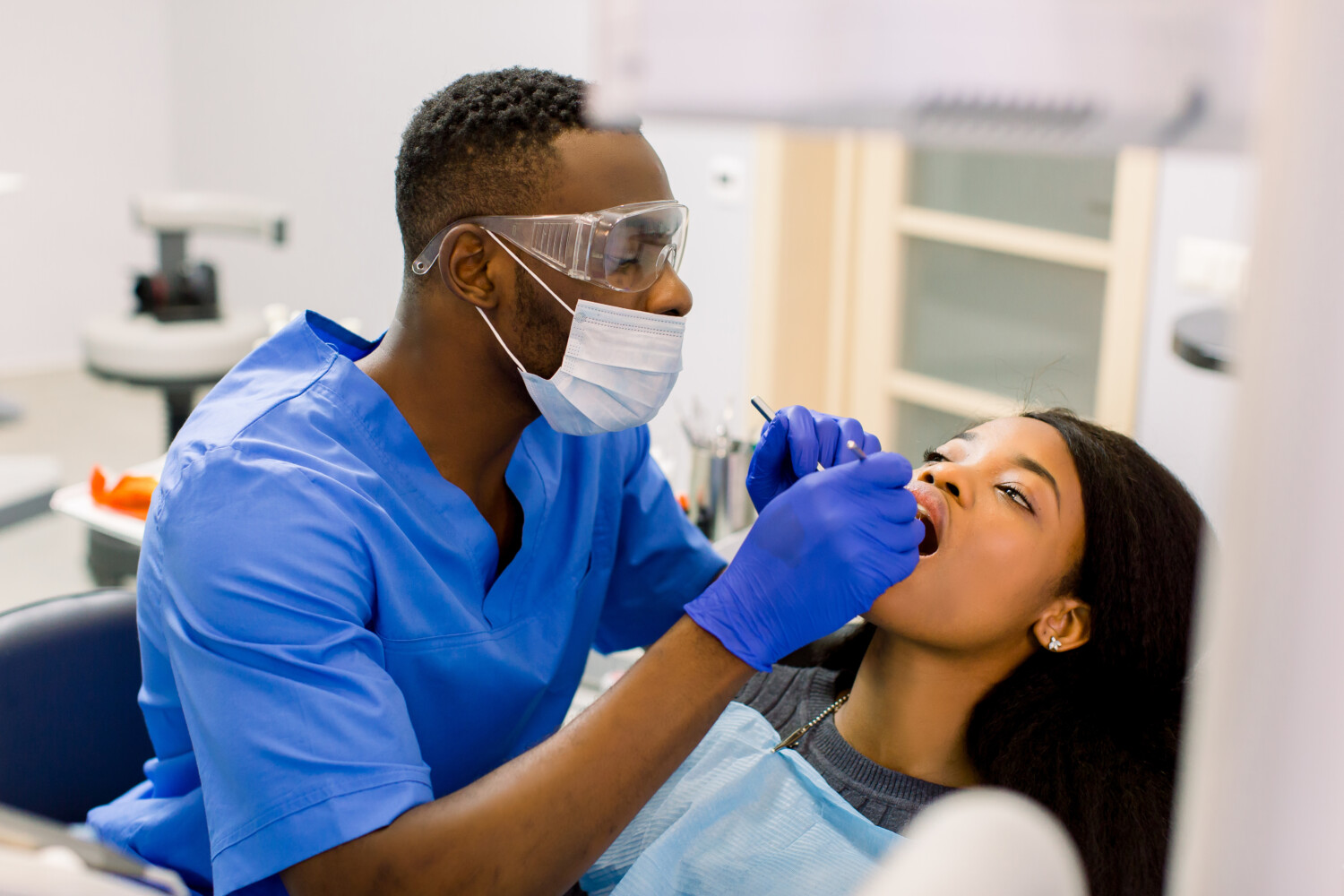Cardiovascular
Study finds mouth rinse can spot risk for early heart disease
Someone dies every 33 seconds from heart disease in the U.S., according to the CDC. It’s the leading cause of death for men and women, and 695,000 people died from the disease in 2021. While those statistics are daunting, the World Health Organization reports that up to 80% of premature heart attacks and strokes caused by heart disease are preventable.
Now, scientists have learned a new tool could help identify early warning signs of heart disease, making it even easier to monitor, care for and prevent. A new study published in Frontiers of Oral Health found that the connection between oral health and cardiovascular disease could give doctors an easy way to test patients’ heart health: through saliva.
It’s known that gum inflammation may potentially lead to periodontitis, which is linked to heart disease. With this in mind, a team of scientists decided to find out if an oral rinse that measures levels of white blood cells — an indicator of gum inflammation — in saliva could also show whether a group of subjects would be at risk for developing heart disease.
MORE: Study shows gardening can lower your risk of cardiovascular disease
The data showed that high white blood cell levels in saliva did in fact correlate with what’s called “compromised flow-mediated dilation,” which is an indicator of poor heart health.
One of the study’s authors, Dr. Trevor King of Mount Royal University, shared more information on his findings.
“Even in young healthy adults, low levels of oral inflammatory load may have an impact on cardiovascular health — one of the leading causes of death in North America,” he told Frontiers Science News.
Scientist believe that the bacteria from infected gums enters the bloodstream, where it can cause inflammation as well as small blood clots.
Dr. Michael Glogauer of the University of Toronto, the author of the study, is optimistic about how the oral rinse can be used at doctor and dentist practices in the future.
“The mouth rinse test could be used at your annual checkup at the family doctor or the dentist,” he told Frontiers Science News. “It is [as] easy to implement as an oral inflammation measuring tool in any clinic.”
MORE: The best electric toothbrushes
This story originally appeared on Simplemost. Check out Simplemost for additional stories.

